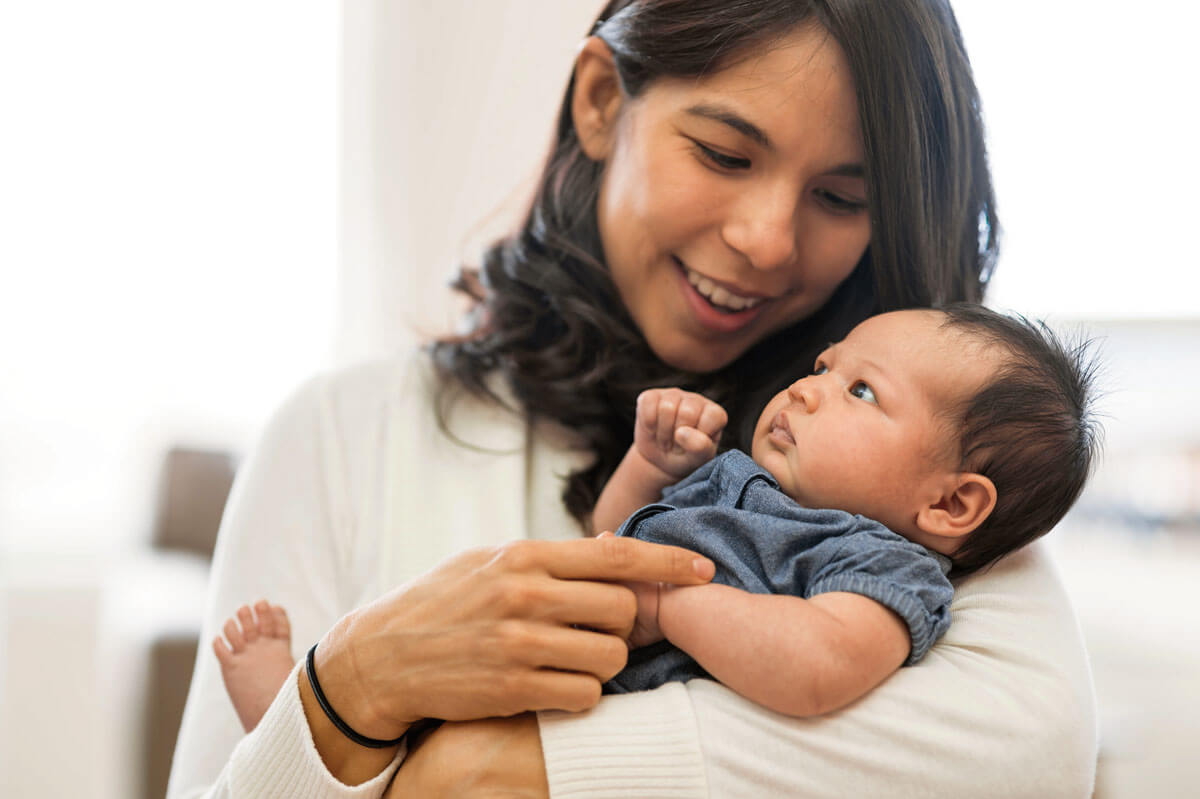What is your baby telling you?
- Home
- Ellyn Satter
- Newborn / Infant
- Frequently Asked Questions
- What is your baby telling you?

Of course, your baby doesn’t talk. But she has ways to show you how she feels and what she needs. Use these signs along with what you know about when she last ate and slept to figure out what she is telling you. It won’t be long until you know her well. Then you will understand better than anybody else what her signs mean.



© Ellyn Satter
Side-Lying Hold
This hold is useful when:
Cross-Cradle Hold
This hold is useful when:
Clutch or “Football” Hold
This hold is useful when:
Cradle Hold
This hold is useful when:
Laid-Back Hold
This hold is useful when: